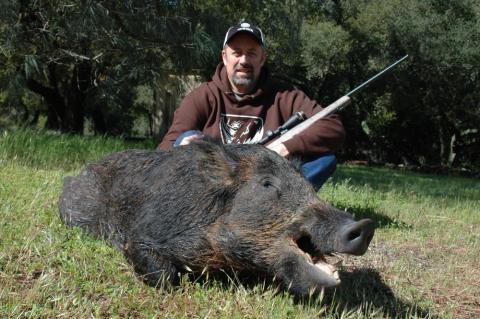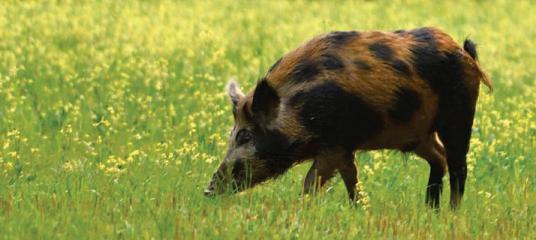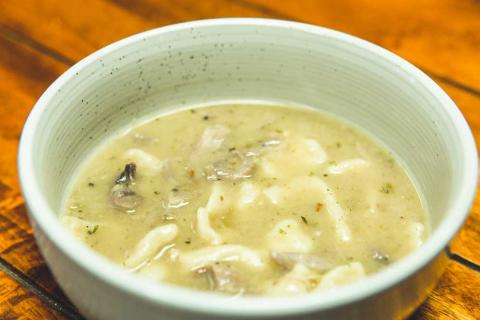Brandon Rapp
Not all spring hunting trips require tricking a wary gobbler into filling your tag. From Canada on down to Chattanooga, foragers take to the woods every March through May in hopes of finding green gold poking out of the thawing forest ground in the form of the wild edible ingredient known as ramps.
What are Ramps?

Ramps are a wild green leek of the forest that has grown a cult like following and has become as much a sign of spring as trout season and turkey gobbles. Ramps are part of the allium family of plants which also includes garlic and onions.
Their use as a wild ingredient for a variety of dishes has spawned sections of several foraging cookbooks, episodes of cooking shows, and even some ramp centered festivals in certain parts of the country.
From local fire companies to big city chefs, every spring cooks clammer to get their hands on this prized temporary ingredient. The flavor is described as a mix between onions and garlic that is easily noticed when eating it. If you’re not sure what dishes to use ramps in, just substitute them for any dish where onion is the ingredient.
How and Where Do You Find Ramps?
After the winter ground thaws and before the deciduous trees overhead close in the tree canopy would be the window of time to hit the woods in search for ramps.
You’ll want to look in areas where the soil is consistently moist that gets a fair amount of sun. Think flood plains, near creeks, or north facing slopes in patches of hardwoods. Ramps will be noticeable as a green broad-leafed plant that will be 3-5 inches high when you can pick them.
Towards the end of their ripe edible cycle the leaves will turn yellow as they move into their next stage of life and it is not recommended to harvest ramps when they turn this color.
A Word about Safety and Poisonous Look-a-likes
Many who have wondered into a ramp patch on purpose or by accident will comment about the noticeable onion smell inhabiting the air. This smell is part of the allure and coincidentally your telltale sign of safety when discerning edible ramps from its poisonous look alike counterparts.
There are two major look a likes of ramps in the spring woods. The False Hellebore and the Lily-of-the-Valley plants. Both have similar characteristics and can be as abundant as ramps, but always do your research for visual identification and if in doubt break or bruise the plant, if it doesn’t smell like onion then it’s not a ramp and is unsafe to eat.
Harvesting with the Future in Mind

Many who enjoy picking and eating ramps usually want to repeat the process for many years to come. With chefs and other purveyors paying top dollar for these spring treasures, sustainability has become a bit of a concern in recent years.
There are ways to ensure that your favorite ramp patch will return every year though. Instead of removing the entire plant bulb and all, remove only one leaf and part of the stem from as many plants as you need in the patch. This leaves the rest of the plant to stay healthy and propagate for following spring growing seasons.
You can also start your own ramp garden using wild foraged plants, or purchasing seeds from a reputable retailer.
Cooking with Ramps
As far as how to use ramps in the kitchen many home cooks turn to soups, salads, pasta dishes, and even pizza for their ramp preparations. Since ramps are a smaller ingredient, they have a hard time being the main course, but complement many dishes well.
If you get bored of using them to punch up the flavor of a soup, chop them up and add to some softened butter, roll the mixture and refrigerate for your own wild ramp butter that you can enjoy with a few trout or a wild turkey breast this spring to enhance your gifts you were able to harvest from mother nature.




























